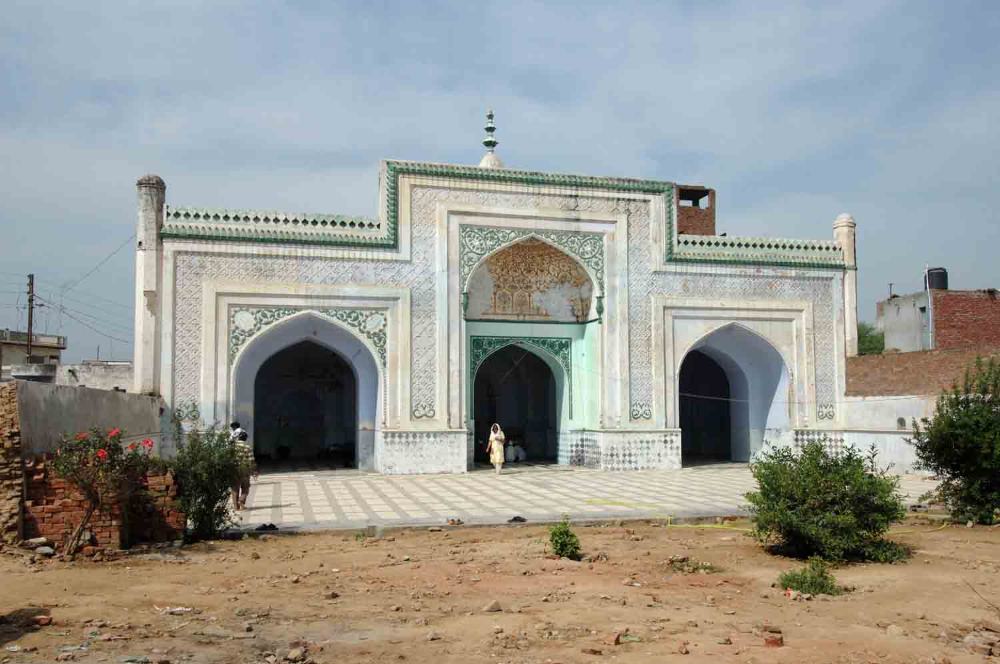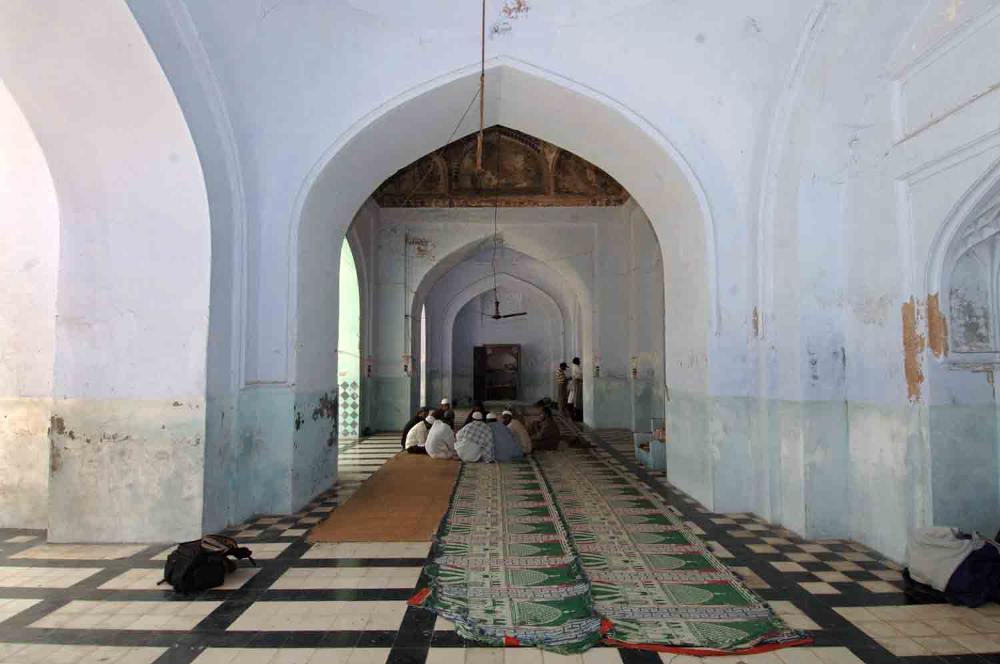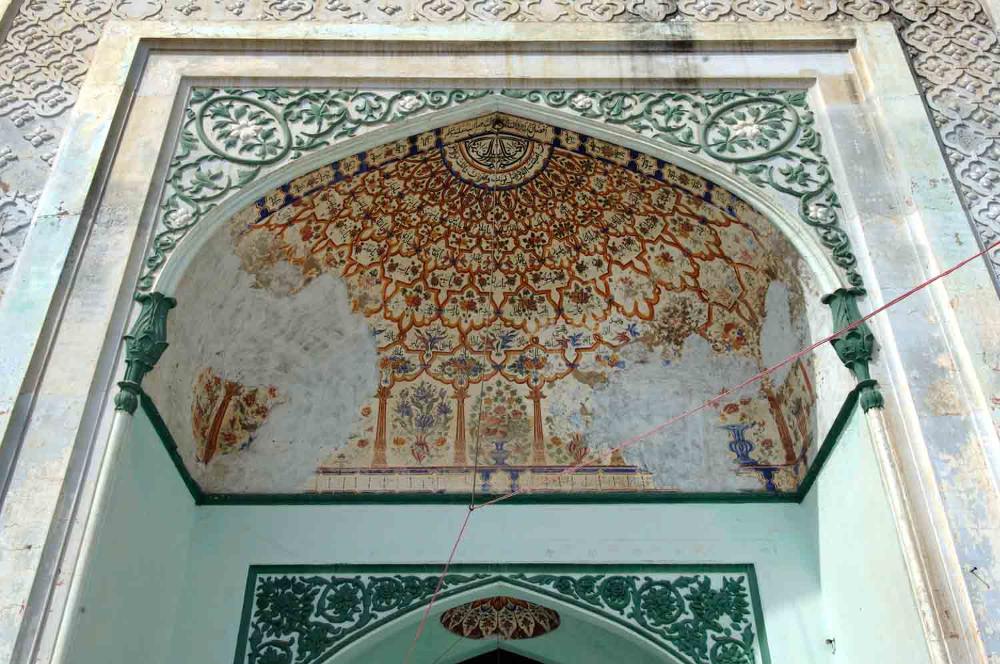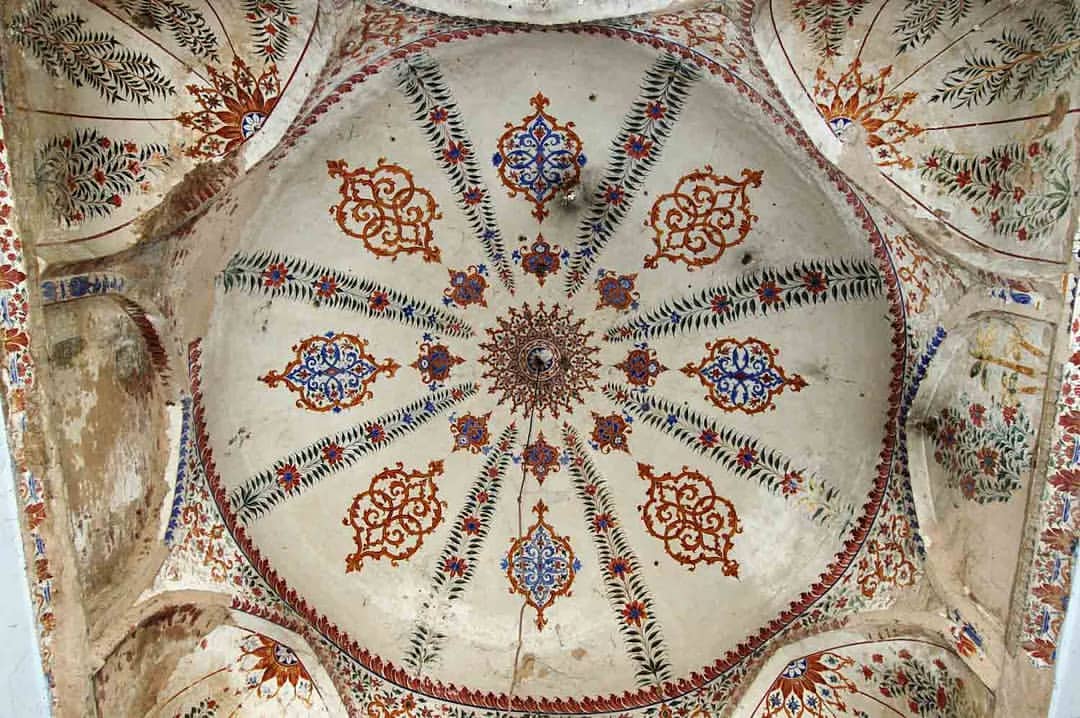



Nestled in the heart of a modern-day residential area in Punjab, Fatehabad Sarai stands as a remnant of the grand Mughal-era infrastructure. Planned as a rectangular enclosure, this historical sarai was built between 1606 and 1650 CE with octagonal towers at each of its four corners, and grand gateways positioned at the middle of its western and eastern sides. Though much of the structure has faded with time, its remaining features still whisper stories of the travelers it once sheltered. The sarai was originally designed to be a fortified rest stop along the Grand Trunk Road, offering both security and hospitality. The octagonal towers provided strength and defense, while the gateways served as the entrance and exit points for weary travelers. Today, while the fortification is no longer complete, a few rooms with porches, a small mosque, and the gateways still stand as markers of its former grandeur. Fatehabad Sarai was an essential part of the vast network of serais that dotted the Grand Trunk Road during the Mughal era, providing shelter and services to merchants, pilgrims, and soldiers alike. It was more than just a resting place; it was a strategic hub where commerce and cultures intersected, linking cities and fostering trade. Despite the passage of centuries, Fatehabad Sarai remains a symbol of the Mughal Empire’s far-reaching influence, and its surviving structures offer a glimpse into the architectural brilliance of the time. For those who wish to explore a hidden fragment of Punjab's Mughal history, a visit to Fatehabad Sarai offers a glimpse into the region's vibrant past, where travelers once rested under the shade of its octagonal towers and found solace in its peaceful courtyard.